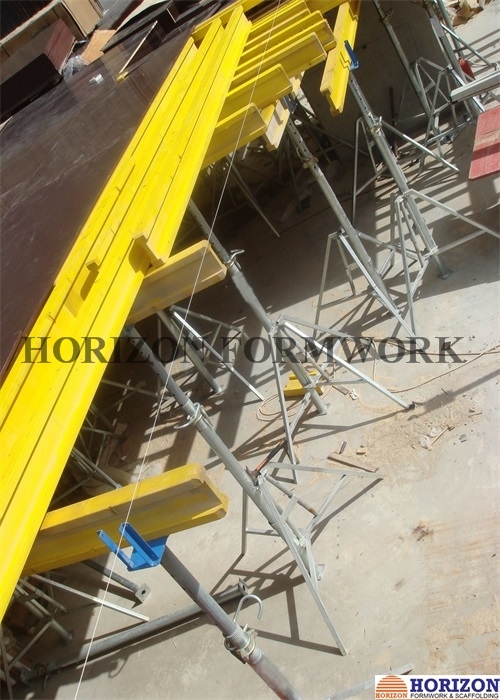Nov . 26, 2024 22:40 Back to list
Suppliers of Scaffolding Tools for Construction Projects and Safety Solutions
Tools for Scaffolding Suppliers Enhancing Safety and Efficiency
Scaffolding is an indispensable element in the construction industry, providing essential support and access for workers as they perform tasks at various heights. Suppliers of scaffolding are crucial to ensuring that construction projects can be executed safely and efficiently. As the industry evolves, scaffolding suppliers are increasingly adopting advanced tools and technologies that enhance productivity, improve safety standards, and streamline operations. In this article, we will explore some of the key tools available for scaffolding suppliers and how they can significantly impact their day-to-day operations.
1. Design Software
One of the most critical tools for scaffolding suppliers is specialized design software. These software programs allow suppliers to create detailed scaffolding plans tailored to specific projects. By utilizing 3D modeling and visualization tools, suppliers can generate accurate designs that account for load-bearing requirements, local regulations, and site conditions. This capability not only enhances planning accuracy but also allows for better communication with clients and other stakeholders.
Moreover, design software can help in creating simulations to visualize how scaffolding will be installed and used on site. This ensures that potential issues are identified and addressed before any physical work begins, thus saving time and resources in the construction process.
2. Inventory Management Systems
Effective inventory management is essential for scaffolding suppliers to operate efficiently. Modern inventory management systems enable suppliers to track their scaffolding equipment and materials in real time. These systems can monitor stock levels, manage orders, and streamline logistics, reducing the risk of overstocking or stockouts.
By optimizing inventory management, scaffolding suppliers can ensure that they have the right materials available for each project, minimizing delays caused by equipment shortages. Additionally, these systems can help track the usage and maintenance schedules of scaffolding equipment, promoting longevity and safety.
3. Mobile Applications
With the rise of mobile technology, scaffolding suppliers can utilize mobile applications to enhance their operational capabilities. These applications provide on-the-go access to important information, enabling suppliers to manage orders, track deliveries, and communicate with their teams from the construction site or office.
tools for scaffolding suppliers

Mobile applications can also facilitate safety audits and inspections by allowing employees to record observations and submit reports directly from their devices. This immediate feedback can help in addressing safety concerns promptly, thus fostering a safer work environment.
4. Safety Equipment and Training Tools
Safety is a paramount concern in the scaffolding industry, and suppliers must be equipped with the right tools and resources to ensure compliance with safety standards
. This includes providing high-quality safety equipment such as harnesses, helmets, guardrails, and other protective gear.In addition, training tools like virtual reality (VR) simulations and online training modules are becoming popular for educating workers about safe scaffolding practices. VR training allows workers to immerse themselves in realistic scenarios, enhancing their learning experience and retention of safety procedures.
5. Structural Analysis Software
Another essential tool for scaffolding suppliers is structural analysis software. This software enables suppliers to evaluate the stability and safety of scaffolding systems under various load conditions. By conducting simulations, suppliers can ensure that their scaffolding designs meet industry standards and can withstand environmental factors.
This tool not only reassures suppliers about the integrity of their structures but also provides clients with the confidence that they are working with a reliable and professional scaffolding partner.
Conclusion
In conclusion, the scaffolding supply industry is witnessing significant advancements due to the integration of modern tools and technologies. From design software and inventory management systems to mobile applications and safety training tools, suppliers have access to a diverse array of resources that enhance their operations. As these tools continue to evolve, scaffolding suppliers can expect to improve safety, efficiency, and customer satisfaction in an increasingly competitive market. Embracing these technological innovations will ultimately lead to better outcomes for construction projects and a safer working environment for all involved.
-
High-Quality U Head Jack Scaffolding – Reliable Scaffolding Jack Head Manufacturer & Factory
NewsJul.08,2025
-
High-Quality I Beam H20 Leading Timber Beam H20 Material Factory, Exporters & Manufacturers
NewsJul.08,2025
-
High-Quality Powder Coating Steel Formwork - Durable & Corrosion Resistant Solutions
NewsJul.07,2025
-
Inclined Column Formwork Supplier – Durable & Precise Solutions for Unique Structures
NewsJul.07,2025
-
High-Quality Water Stop Solutions Trusted Water Stop Company & Suppliers
NewsJul.07,2025
-
High-Quality Formwork Material Supplier Reliable Manufacturer & Factory Solutions
NewsJul.06,2025